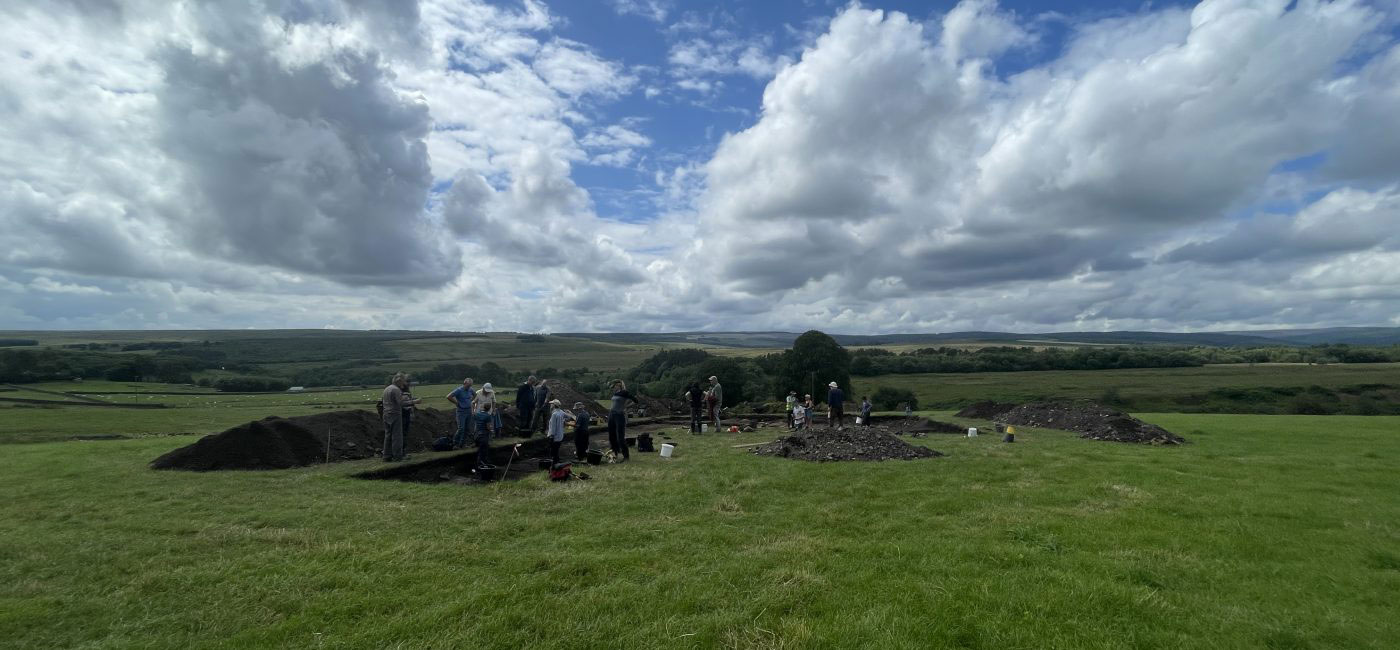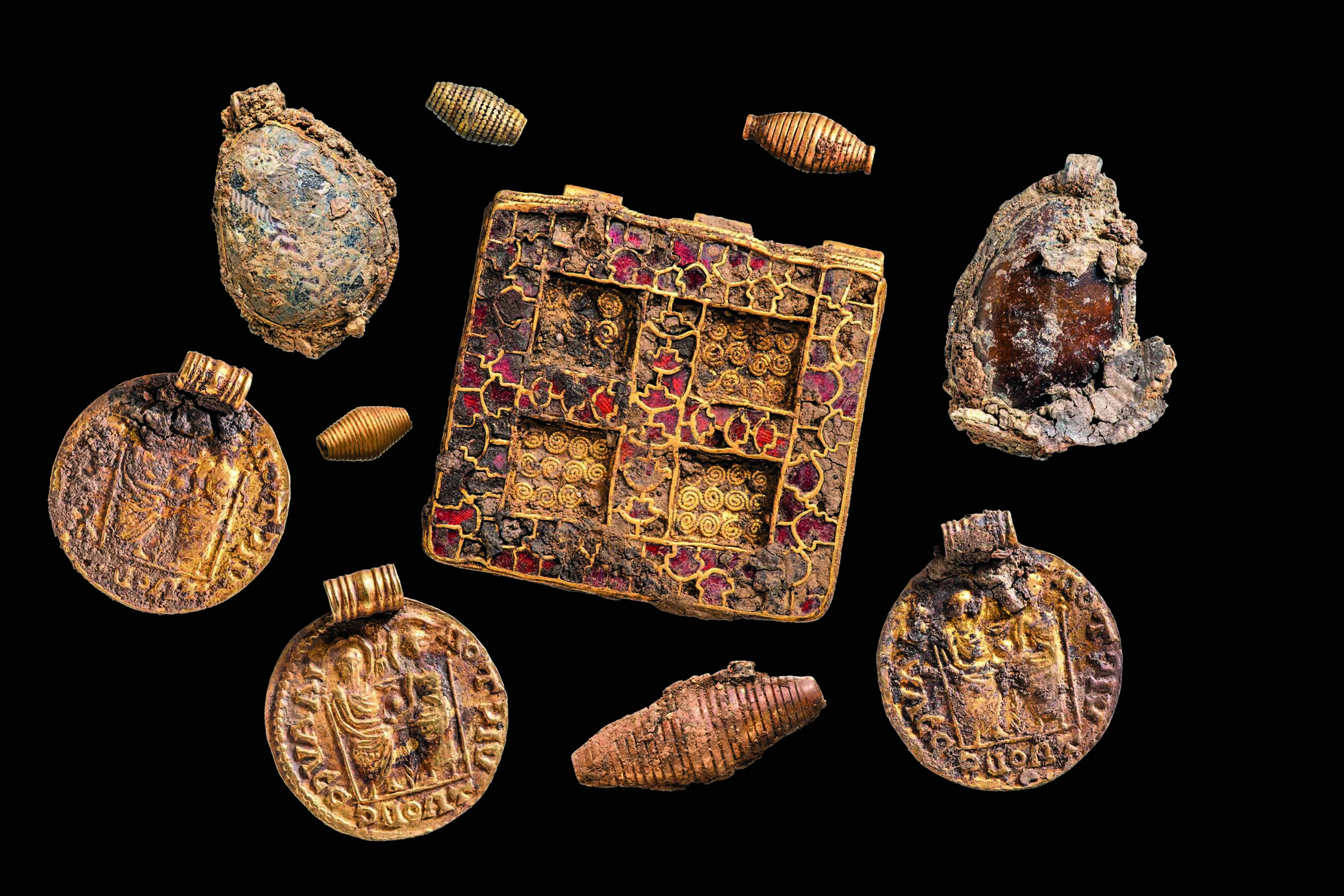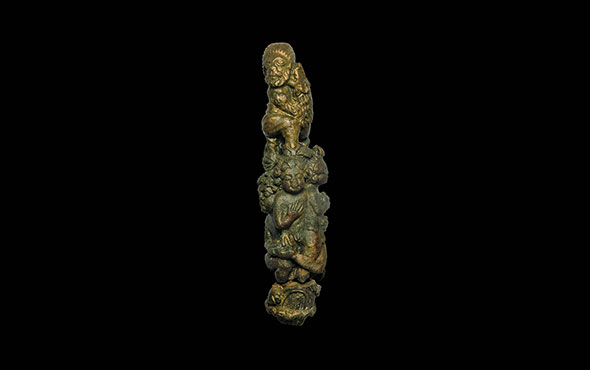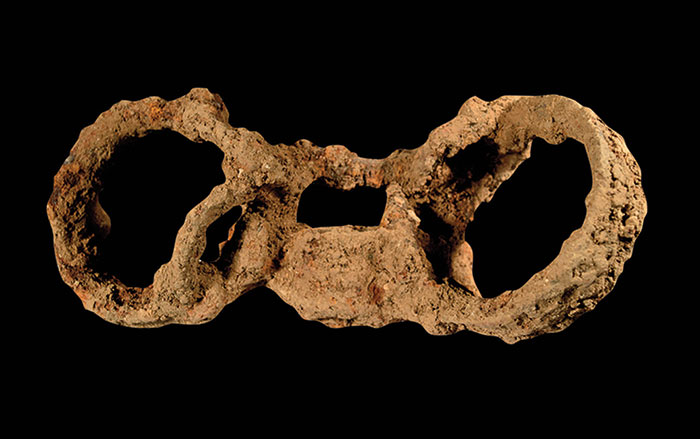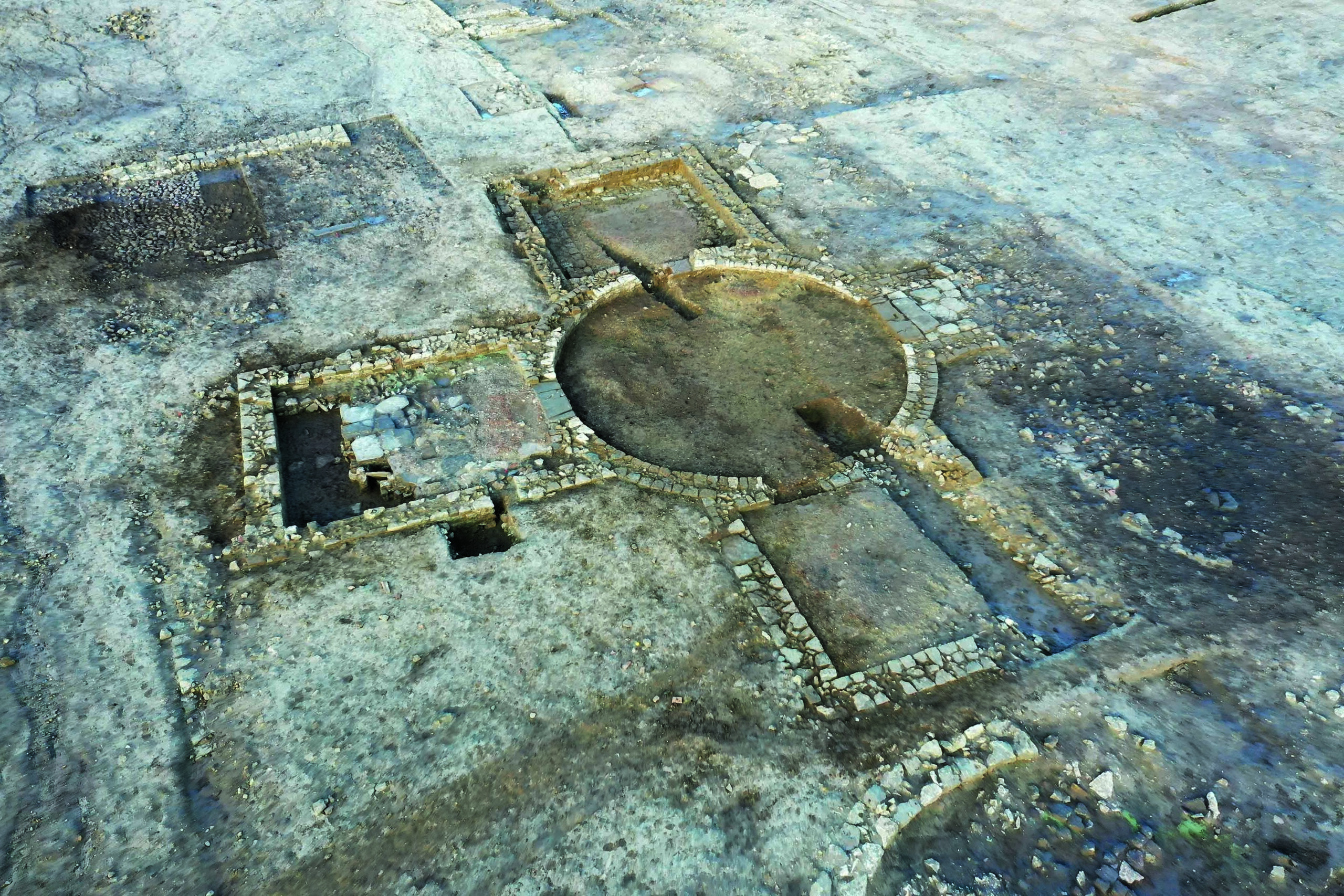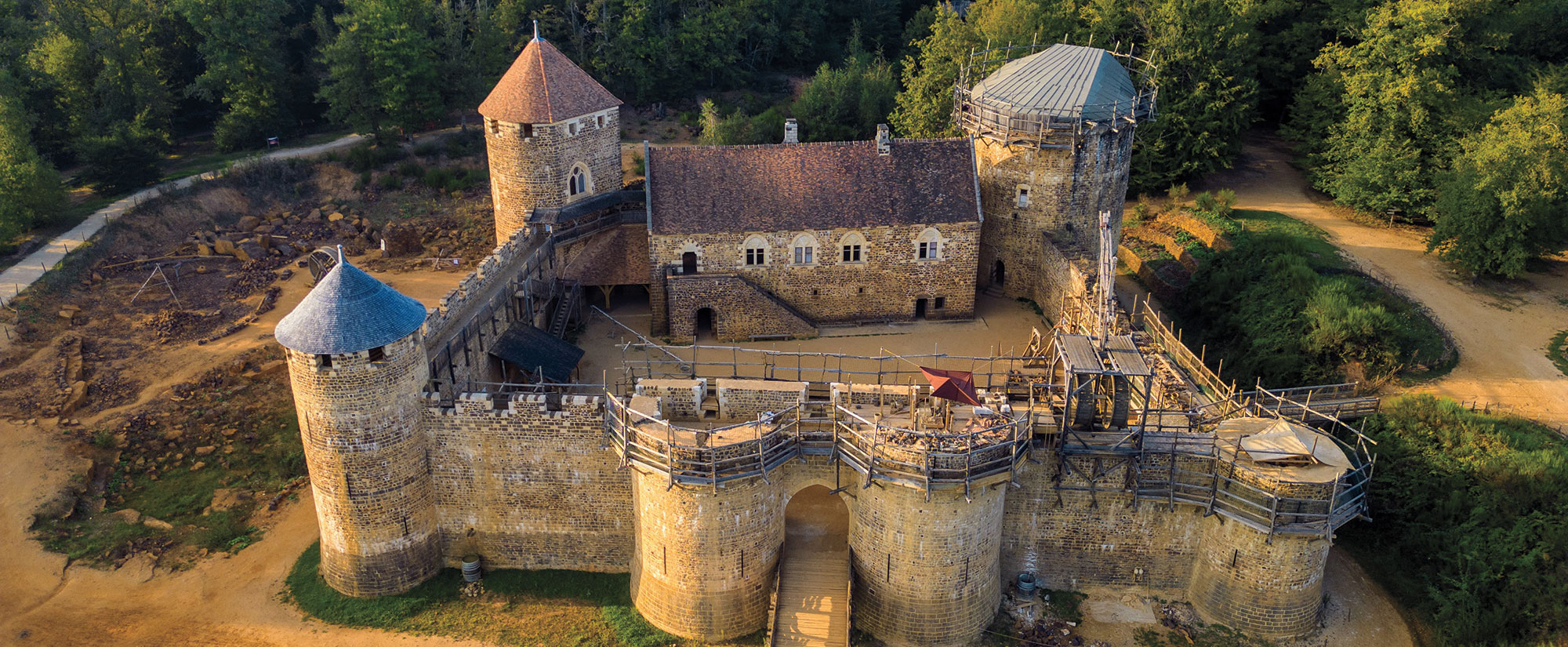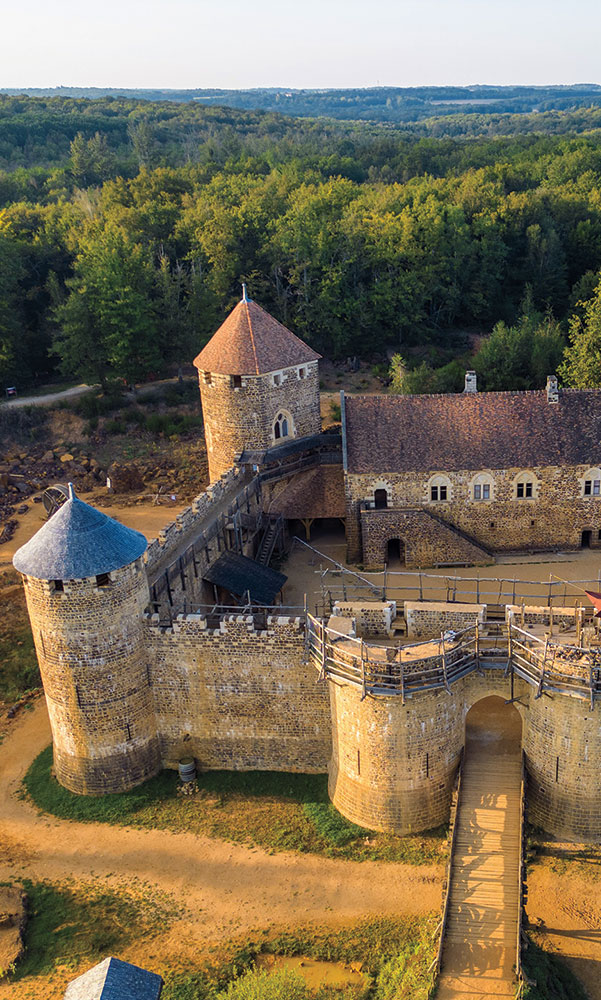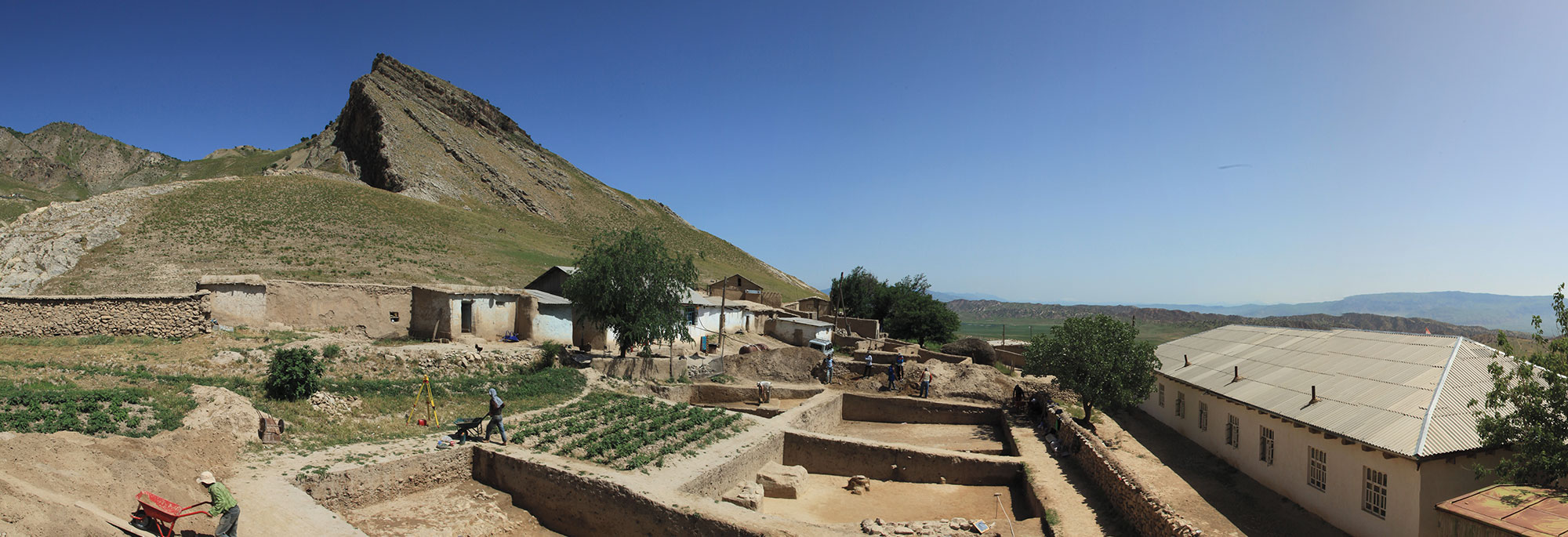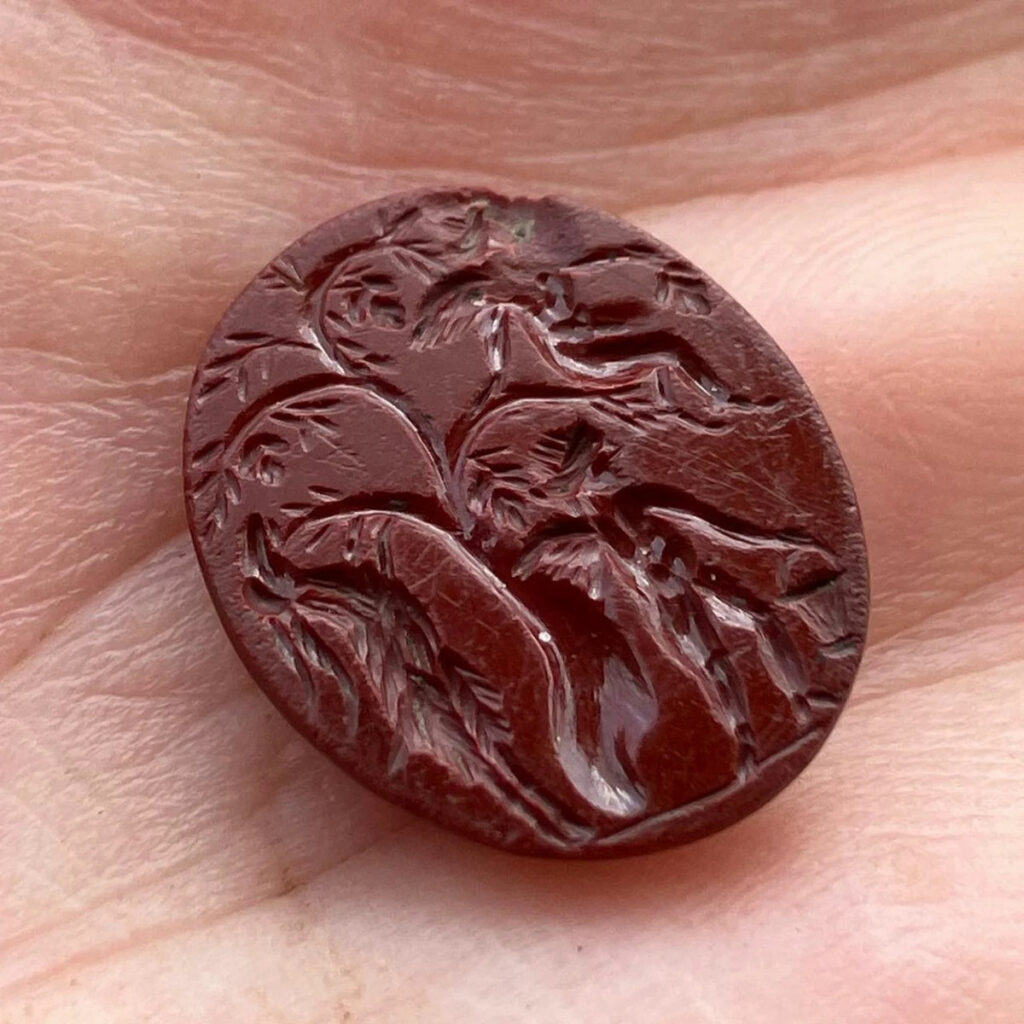
NORTHUMBERLAND, ENGLAND—BBC News reports that an intaglio that may have been set as a signet ring, Roman pottery, military items, jewelry, and a bronze lamp were unearthed at the site of Bremenium Fort, which is located in northern England. The fort is situated north of Hadrian’s Wall on a Roman road that connected York to Corbridge and Melrose. The intaglio, carved from red stone, bears an image of two cupids picking grapes with a goat-like creature waiting beside them. Similarly carved intaglios have been found in Dalmatia and northern Italy. “It seems likely that the gem reflects the likely origin of the wearer who may have come from the Mediterranean,” said archaeologist Richard Carlton of Newcastle University. To read about a knife handle found at Corbridge that depicts a gladiator, go to "Hero Worship."


